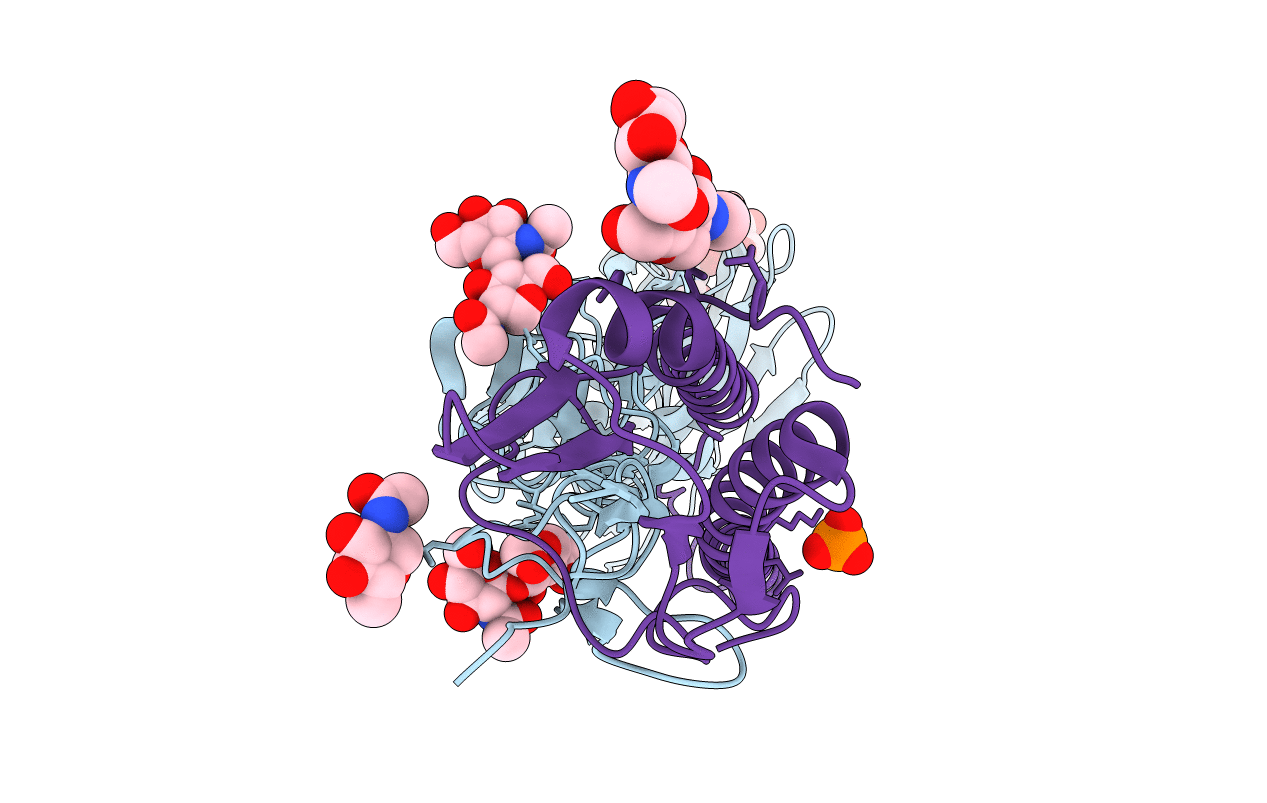
Deposition Date
2001-08-17
Release Date
2001-09-26
Last Version Date
2024-10-30
Entry Detail
Biological Source:
Source Organism:
Method Details:
Experimental Method:
Resolution:
1.80 Å
R-Value Free:
0.23
R-Value Work:
0.21
R-Value Observed:
0.21
Space Group:
P 63


